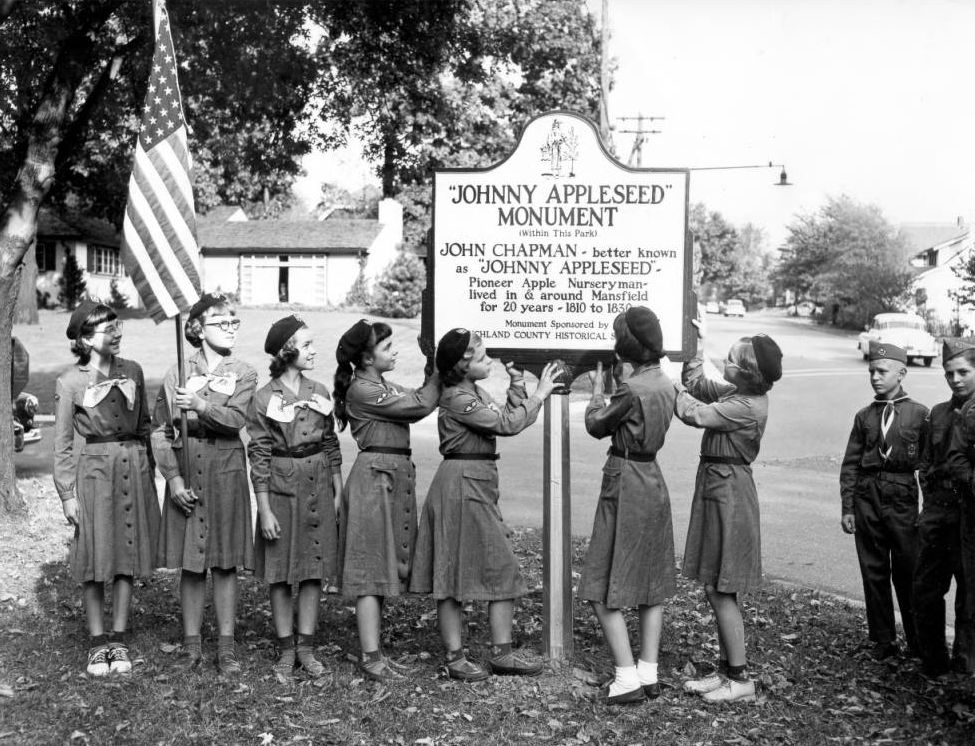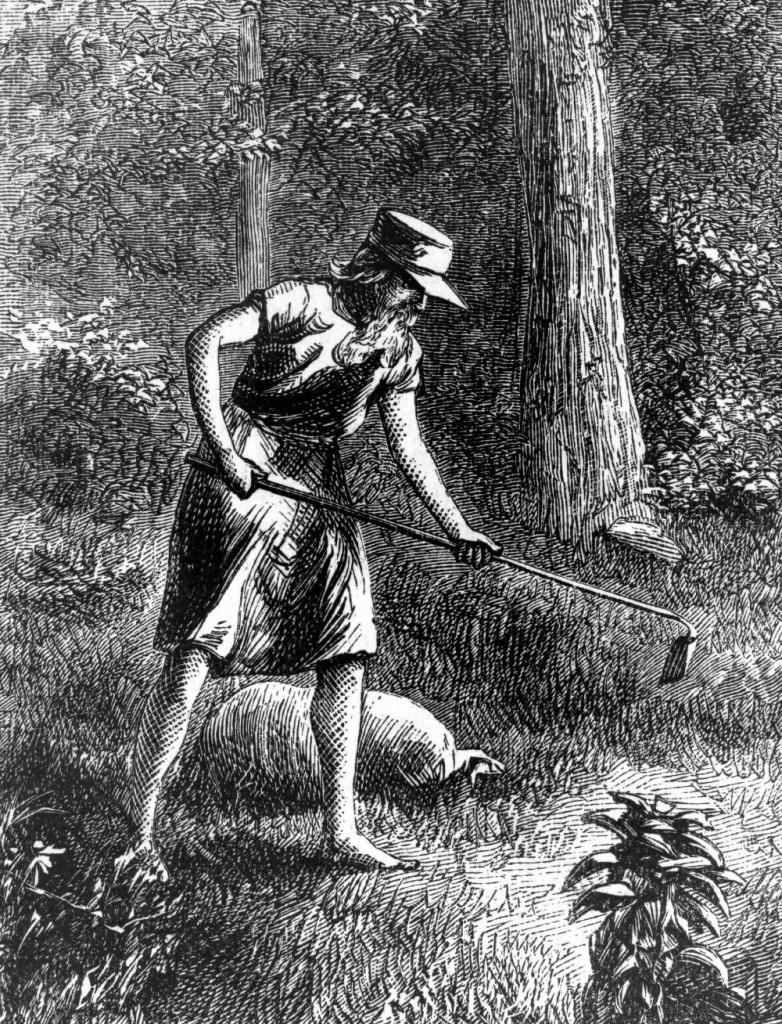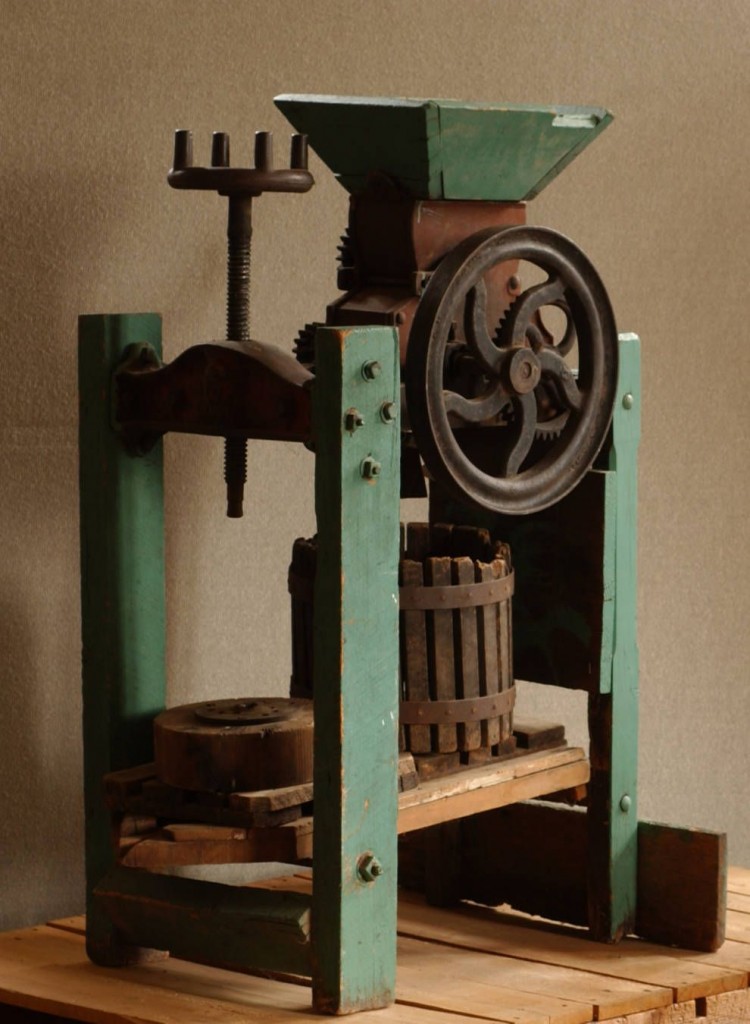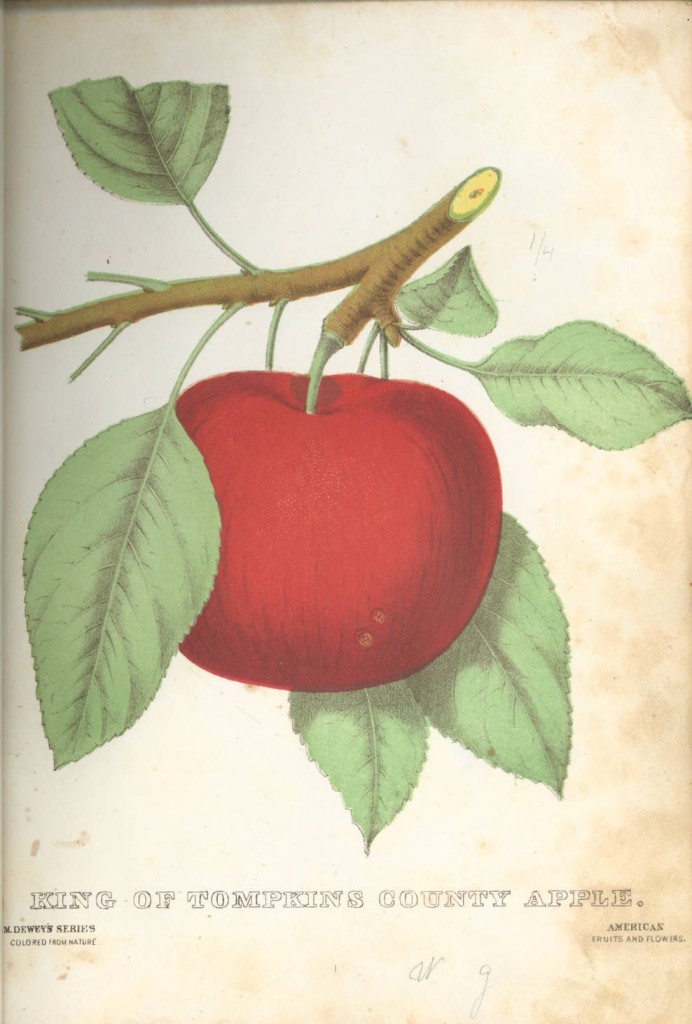Johnny Appleseed: Folk Hero


An American folk hero and important figure with historical ties to our state celebrated his 238th birthday this week–happy birthday, Johnny Appleseed!
Born in Massachusetts as John Chapman on September 26, 1774, Johnny Appleseed is well-known both in fact and fiction as a conservationist, frontiersman and early horticulturist who helped domesticate much of the Midwest through his nurseries and orchards. Much of his time in Ohio was spent in Richland County, near Mansfield, where he owned property. He eventually owned more than 1,200 acres of land across Pennsylvania, Ohio, Indiana, and Illinois at the time of his death near Fort Wayne, Indiana, in 1845. His legacy is still felt in these areas through memorials, festivals, and even a Johnny Appleseed Museum in Urbana.

Although the common conception of Johnny Appleseed is of an itinerant man with a pot on his head, scattering seeds to feed the settlers of the Midwest, the reality is a bit different.
While he was an eccentric in every sense of the word, Chapman tended to develop nurseries, fenced off for protection from livestock, which he would then sell off as nearby areas were settled. Another interesting detail is one they don’t teach you in elementary school. Apple trees grown from seed do not yield a sweet fruit like you would buy in the grocery or pick in an orchard today–it takes careful grafting to produce tasty apples. Because Chapman was not a proponent of grafting, his fruits were small and tart, much better suited to another product: hard cider!
Using presses like the one seen here, apples were made into cider, which could then be fermented into a mildly alcoholic drink, or distilled for a harder beverage. This product was useful because it was often safer to drink than water, and it was easier and faster to make than corn liquor. No wonder he was so popular on the frontier!
Check out Ohio Memory to see more material related to Johnny Appleseed and the apple industry in Ohio, including a deed describing Chapman as “by occupation a gatherer and planter of Apple seeds,” a proposed design for the Ohio quarter featuring the folk hero, and delicious apple butter being made!

Thanks to Lily Birkhimer, Digital Projects Coordinator at the Ohio History Connection, for this week’s post!



Leave a Reply
You must be logged in to post a comment.